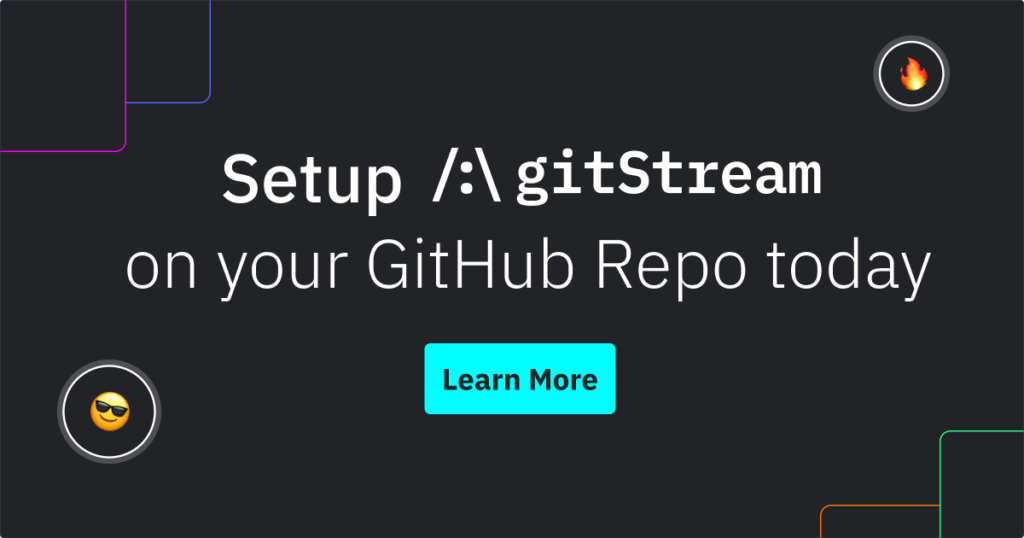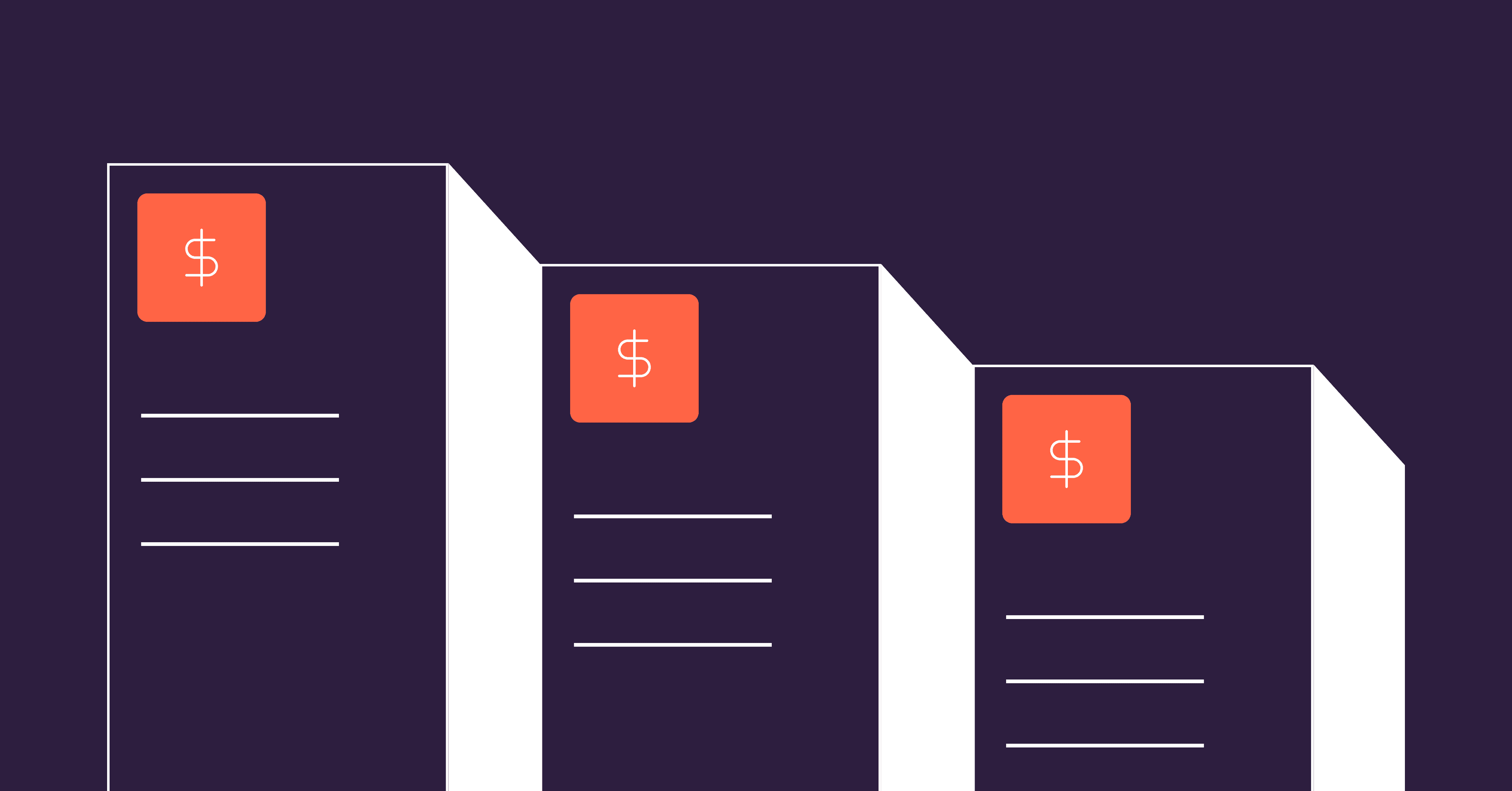You’re trying to keep up with production demands, but the recent hiring freezes are making it seemingly impossible. We get it, it’s hard. But you’re not completely helpless — platform engineering solutions can help. I realize not all teams have a platform engineer yet or can even budget for one in the near future. Thankfully, you don’t need to hire a designated platform engineer to empower your dev teams.
Platform engineering tools enable devs by improving developer experience. They help devs get the job done by removing bottlenecks and reducing the friction they have in their day-to-day. This means you can finally do more with less, boosting your overall cycle time and productivity.
In this article, we’ll review the best platform engineering tools, where each excels, and how these tools can help your devs, with or without a dedicated platform engineer.
Table of Contents
- What Is Platform Engineering?
- 10 Best Platform Engineering Tools
- How to Choose the Right Platform Engineering Tool
What Is Platform Engineering?
Platform engineering is the process of creating an efficient ecosystem for your software developers, which helps them perform end-to-end operations of your software development life cycle autonomously.
Simply put, platform engineering aims to reduce devs’ overall cognitive load and remove bottlenecks in their processes.
These tools (and in some orgs, these teams) seek to make your dev teams’ lives easier.
Some companies even call platform engineering “developer enablement” because it lives between the infrastructure and engineering and enables engineers to ship features faster.
So even if your company isn’t able to fund an entire army of platform engineers, these tools can still benefit your devs and improve your productivity.
Simply put, platform engineering aims to reduce devs’ overall cognitive load and remove bottlenecks in their processes.
10 Best Platform Engineering Tools
Good platform engineering tools need to work in favor of devs. So they need to be easy to use, integrate seamlessly into your workflow, and improve their processes. The tools below all match these criteria, so they will help you enable devs to ship features faster, thanks to a better developer experience. And from that improved developer experience, you’ll see metrics like cycle time and merge frequency improve too.
1. GitLab
GitLab is a web-based Git repository manager that supports the development process from planning and source code management to testing, deployment, and maintenance. Here are the top GitLab perks:
- Facilitates agile project management
- Enables detailed code reviews
- Manages your CI/CD pipeline in a single interface
- Supports automation for Infrastructure as Code, configuration management, and container orchestration
- Features a built-in container registry and seamless Kubernetes integration
- Tests your components and scans them for vulnerabilities with its Static Application Security Testing (SAST)
GitLab is really a total package for improving your infrastructure, as it helps your teams at every stage of development while reducing cognitive load. With this platform engineering tool, your devs will be working at their peak performance.
2. Harness
Harness is a DevOps-focused software delivery platform leveraging the power of AI/ML. The platform integrates with your existing tech stack, and its orchestration capabilities can manage the stack for you. Here are some additional Harness features:
- Focuses on platform security
- Offers role-based access control (RBAC) functionality, built-in secret management, audit trail visibility, and authentication/authorization essentials
- Includes numerous modules like intelligent CI and CD tools, cloud cost management, and security testing orchestration
- Ensures efficient and optimally secure development and deployment processes
Harness offers immense flexibility without sacrificing developer efficiency, which is why it made our list. This tool has created an excellent developer experience that helps cut down on developer frustrations and boosts productivity.
3. Kubernetes
Kubernetes is the open-source container orchestration platform. It gives containers the agility and application lifecycle management they demand. The platform is basically a household name for dev teams — and for good reason:
- Automates your container configuration, scaling, security, and networking
- Helps devs isolate and package container clusters for simultaneous deployment on multiple machines
- Allows devs to automatically deploy containers across compute nodes on VMs and the public cloud
Kubernetes has highly diverse use cases, thorough documentation, and an extensive community. So it’s rightfully the top choice for devs writing containerized apps. This platform engineering tool even allows you to customize your CI/CD pipeline to match your dev’s needs. This means they can focus more on pushing and reviewing code.
4. gitStream
gitStream is a programmable continuous merge (CM) solution that optimizes your PR review process and improves your merge frequency. You can create custom rules to classify each pull request and automatically route it down a unique path. This results in faster code merges and ultimately accelerates software delivery. Here’s what gitStream does:
- Automatically assigns the right reviewer and number of reviewers to PRs
- Checks for service deprecation
- Adds context tags to every PR, like estimated time to review
- Automates PR approvals & merges
gitStream is one of the best platform engineering tools. It doesn’t just help your devs get their code merged more often; it can also help codify your review process overall by using policy-as-code to standardize best practices.
Listen to LinearB’s co-founders, Ori Keren and Dan Lines, explain what gitStream is and what it does!
5. Terraform
Terraform is the standard IaC tool for provisioning and managing infrastructure, including firewalls, networks, servers, database instances, and storage buckets. Here’s what this platform engineering tool can do:
- Allows engineers to create, update, and delete infrastructure resources including entire Kubernetes clusters and computational and database instances
- Enables you to manage infrastructure across various platforms as it’s vendor-neutral
- Integrates with Oracle Cloud, AWS, Microsoft Azure, OpenStack, Google Cloud, etc.
- Automates security based on your enforced policy as code
- Helps you audit resources created in Terraform, harden authorization across your DevOps pipeline, and set the security policy to protect the main branch from unauthorized changes
With Terraform, you can centralize all of your infrastructure, speeding up the core processes that dev teams need to follow. This will surely boost production, meaning teams will be able to keep up with demands.
6. Ansible
Ansible is a widely-used configuration management, application deployment, and cloud provisioning tool. The platform can change configuration files, configure runtime environments, set up security configurations, and install or update software. But it lets you do so much more:
- Deploy multi-tier applications reliably without having to write custom code
- Write a playbook that serves as an instruction manual for task execution
- Run the playbook and communicate with the remote host via SSH
- Use the playbook for other components including cloud platforms, bare-metal servers, network devices, and virtualized hosts
Ansible’s platform engineering tools allow you to add automation across your entire workflow. This means dev teams can rely on it instead of doing burdensome tasks, so their developer experience will be better overall.
7. Argo CD
Argo CD is a Kubernetes-native CD tool, and it’s bound to come up in our talk about platform engineering tools. It’s set up inside the Kubernetes cluster, allowing you to deploy code changes directly to Kubernetes resources. Argo CD also supports various templates for generating Kubernetes manifests including Kubernetes Kustomize, Helm Charts, and YAML files. Here are three standout Argo CD features:
- Argo Rollouts offer advanced deployment capabilities including experimentation, blue/green, and canary analysis — which are hard to implement in basic Kubernetes
- Argo Workflows orchestrate parallel jobs in Kubernetes
- Argo Events allow you to trigger serverless workloads and K8s objects on events from webhooks, S3, and messaging queues, among others
This platform engineering tool allows you to define and automate your K8 containers to suit your team’s needs. And ultimately, it’ll speed up your teams’ workflows, impacting your cycle time by speeding up your deploy time.
8. Doppler
Doppler is a secrets management tool for deployed applications. With Doppler’s web UI dashboard, it’s easy to complete secret management tasks like updating or removing secrets in any environment. Check out some other awesome Doppler features:
- Offers a great alternative to manual secret handling and other management tools
- Automates the process of storing and retrieving secrets
- Provides a centralized platform for managing secrets and sensitive data
- Eliminates the hassle of .env files and the security risks of hard-coding them into an application
Thanks to this great platform engineer tool, your devs won’t need to spend time maintaining their development environment, reducing their workload and ensuring you can get new devs up to speed sooner.
9. AWS CodePipeline
AWS CodePipeline is a CD service that automates release pipelines, allowing you to update infrastructure and applications quickly and reliably. It packages other AWS services’ capabilities into one platform. For example, it includes CodeCommit for source control service, CodeBuild for building code, and CodeDeploy for deployment. Here are some additional CodePipeline features:
- Accelerates workflows with its parallel execution — multiple processors handle computing tasks simultaneously
- Provides high level visibility of and control over the build, test, and deployment processes
- Enables devs to see their pipelines’ real-time status and details about any alerts or notifications, rerun pipelines, and retry failed actions
Once you model the workflow configuration for the release process, AWS will automatically build, test, and launch an application every time you change the code. This makes it easier for you to manage and monitor pipelines, which in turn helps reduce bottlenecks on your team.
10. Drone
No, not one of those loud, remote-controlled devices. Drone is a CI platform for building and testing automation. This container-native tool uses a simple YAML-based configuration to define and execute build pipelines inside Docker containers. Here are some additional Drone features:
- Integrates natively with GitLab, Bitbucket, and GitHub
- Gives you the option to write your own Drone plugin (a container that runs your code) if the ones available don’t meet your needs
- Works with any language, service, or database running inside Docker
- Allows you to write plugins in any major programming language
Thanks to Drone, you can automate your CI pipeline no matter what language or tech stack it’s based on. This platform engineering tool also allows advanced custom automation that can boost your dev team’s productivity.
How to Choose the Right Platform Engineering Tools
You might not have the budget for all ten of the tools we explored; I get it. While tools like Kubernetes and Terraform can help you improve your infrastructure with container management and provisioning, in my opinion, there’s more that can be done to reduce the day-to-day frustration your devs face.
After studying millions of PRs across nearly 2,000 dev teams, LinearB discovered that the PR review process is actually the biggest bottleneck for teams. We found that 50% of PRs were idle for over half their lifespans, 33% of PRs were idle for 77.8% of their lifespan, and the average time it took for them to be reviewed was over four days. And that’s what we called the PR Paradox.
That’s why it’s crucial for you to add continuous merge capabilities into your workflow, regardless of any other platform engineering tools you choose. gitStream can help you eliminate the inefficiencies that plague your PR review process and eat away at devs’ productivity. And if you’re already using some of the platform engineering tools we mentioned, gitStream can easily be combined with them.
Bonus: It’s also free, so you can start using it right away without having to wait on the finance folks for approval. 😉





